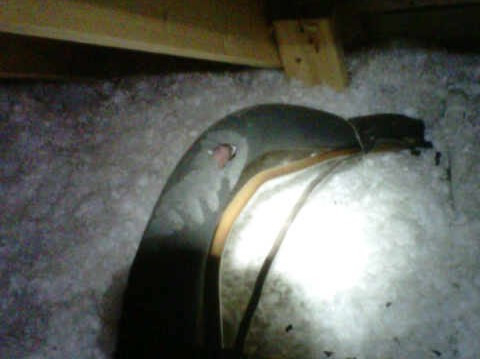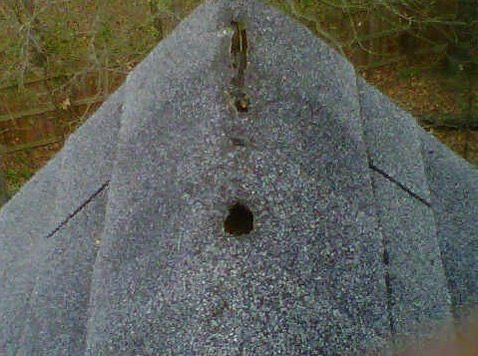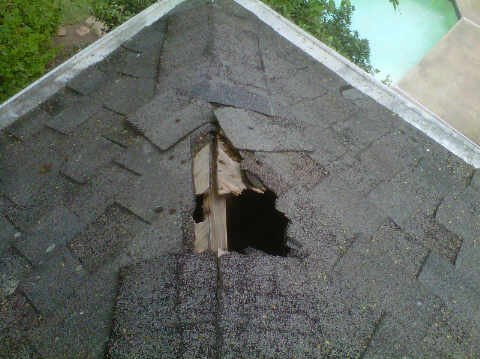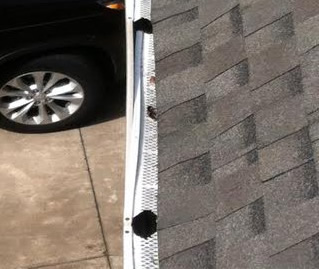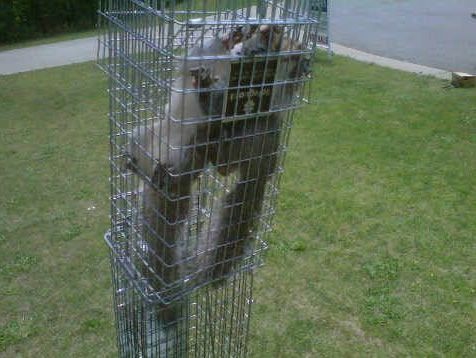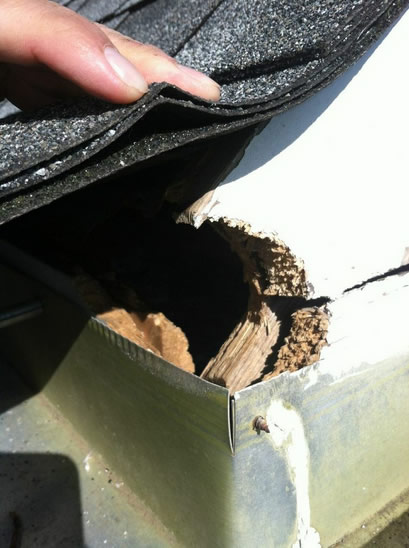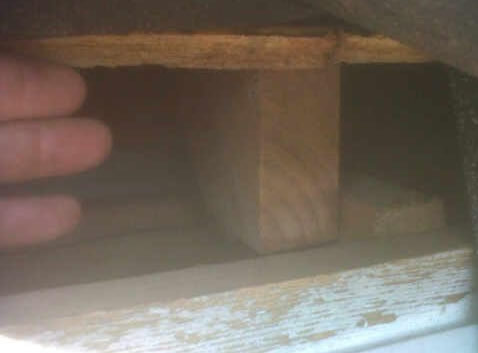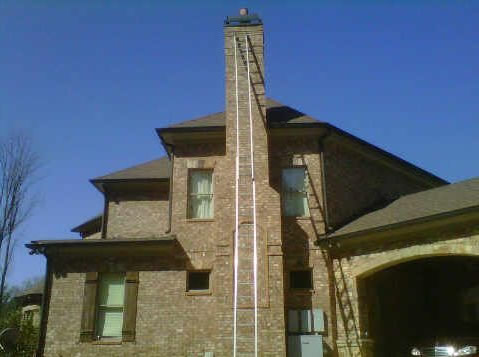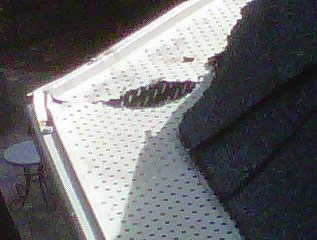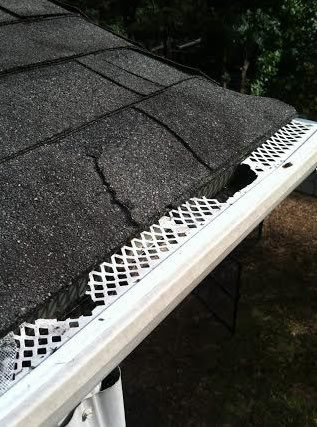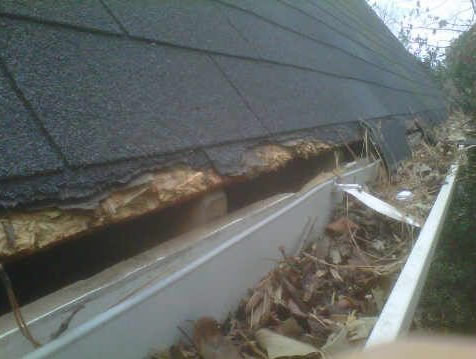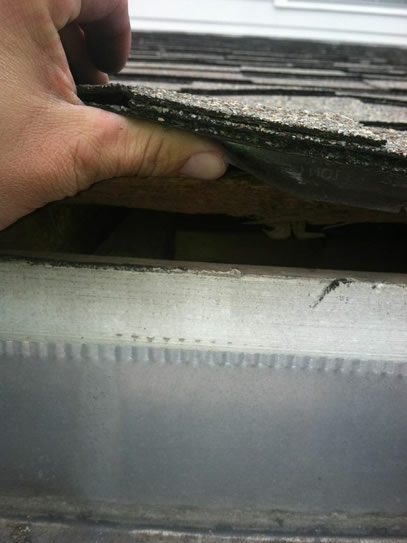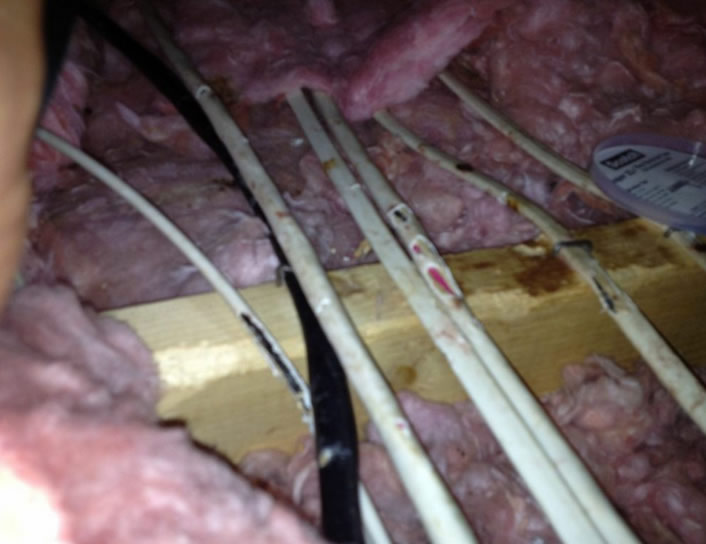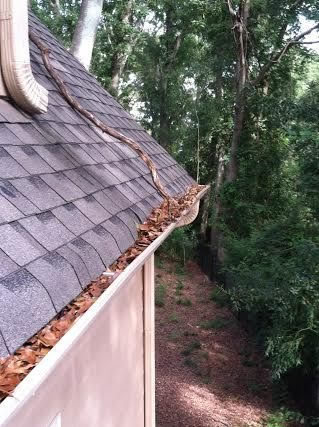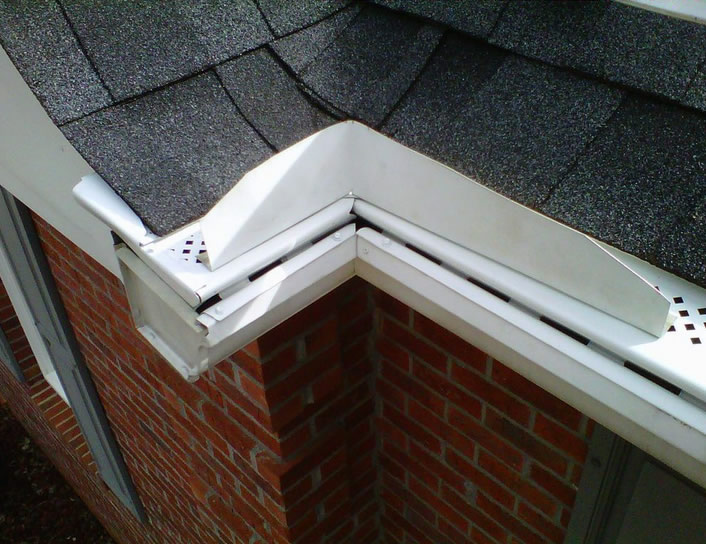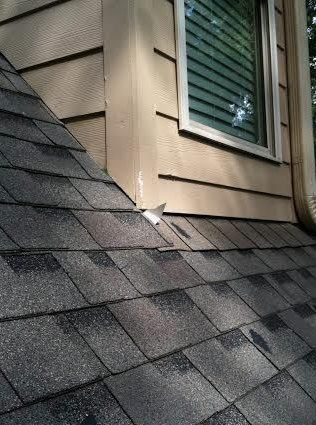Wildlife Prevention and Repair
Wildlife Prevention Tips to Keep Animals from Getting Inside Your Home
Wildlife exclusion is an important aspect of any wildlife control and prevention strategy. Exclusion is a method of preventing rodent and other animal infestations by inspecting and sealing all entry points into your property and its structure. The evacuation of an animal that has nested in your home is merely the first step in securing your property. Animals will find their way back in if wildlife exclusion is not implemented, and they will continue to utilize your property as a shelter. The exclusion technique acts as a barrier between your home and the wildlife trying to enter as it is a long-term tested solution to any wildlife infestation.Wildlife As Home Hazard
Wild animals, like humans, require food and shelter. In quest of a home, animals may move into basements, attics, or garages. Food such as trash, pet food, or birdseed may also attract them. When this happens, it is dangerous for the people, pets, and wildlife in the house. Electrical wires and insulation can be harmed by wild animals. They can also bring diseases like rabies into your home, as well as parasites like fleas and ticks. Never approach a wild animal and keep dogs and children away from all wildlife. If you suspect a wild animal is sick, contact your local animal control officer.Does Home Insurance Pay for Wildlife Damages?
While a homes insurance policy may cover physical damage caused by a wild animal to your home or other structures on your property, it usually does not cover animal damage to your personal items. For example, if a raccoon wreaks havoc in your backyard, homeowner’s insurance may help pay for structural repairs, but damage to objects stored inside is usually not covered.So, if a raccoon tears through the wiring on your lawn mower, your homeowner’s insurance policy might help pay for new drywall, but it's unlikely that your coverage will cover the cost of repairing or replacing it.
Insects, rodents (such as rats, mice, squirrels, and chipmunks), and birds damage to your home or other structures are normally not covered by a regular homeowner’s policy. Animal infestations, as well as damage caused by animal excrement or secretions, are typically not covered by homeowner’s insurance.
If an opossum (or any other rodent) takes up residence in your attic, your homeowners’ insurance is unlikely to cover the costs of removal, cleanup, or repairs to any damage it causes.
Remember that most homeowner's insurance policies exclude coverage for damage to your home caused by a pet or other domestic animal, such as a pig, cow, or chicken.
As a result, if Rover eats his way through a door, your insurance provider is unlikely to pay for a new one. It's a good idea to check your home's insurance policy to see what kind of coverage you have if a wild animal causes damage to your home. Talk to your local agent if you have any questions.
Hidden Entry-Points Around the House
The fortification of all entryways into your home and its access points is always the first step in any wildlife prevention plan. Any skilled wildlife technician will evaluate and assess the whole exterior of your property to find any weak places where a critter could get access.
To prevent future wildlife access, these possible openings shall be appropriately sealed, fixed, or strengthened with materials like caulking. The traps will next be set and disseminated around the impacted region to begin catching any remaining creatures.
How To Prevent Wildlife from Getting Inside Your Home?
Many companies provide wildlife exclusion services all throughout the world. Simple home modifications are occasionally touted as wildlife exclusion systems for rodents and other animals.
Wildlife exclusion services include things like sealing chimneys, repairing holes, and filling in gaps.
While this may be useful in the near run, the most effective type of wildlife exclusion for homes accomplishes two objectives:
The benefits of wildlife exclusion for your home
● It's humane. There is no incentive to continue trapping and removing or euthanizing healthy animals, as is the case with typical trap-and-remove systems. Furthermore, wildlife exclusion programs use only humane methods to remove wildlife from the residence.
● It allows animal families to stay together. If you take away the mother but not the babies, for example, the babies will die at home. This will result in the presence of smells and microorganisms. The goal of wildlife exclusion is to get the entire family/colony out at the same time.
● It's a long-term approach. Trapping and removing animals does not address the underlying issue. Animals will continue to enter your home if there are open locations where they may obtain warmth. You can keep animals out for good by repairing these places.
● It is cost-effective. Trapping, removing, or euthanizing pests is costly, but wildlife exclusion is a low-cost alternative. All you have to do is make sure there are no openings for wildlife to enter. The more proactive homeowners are, the better the community's overall outcome will be.Even so, your job as a homeowner is critical, because it will be up to you to keep your home's exterior in good shape over time. If you're not dealing with an infestation, you can take extra precautions like inspecting the roof and siding and double-checking that old access spots are still shut. When in doubt, contact a professional exterminator who can provide you with the necessary assistance and guidance.

